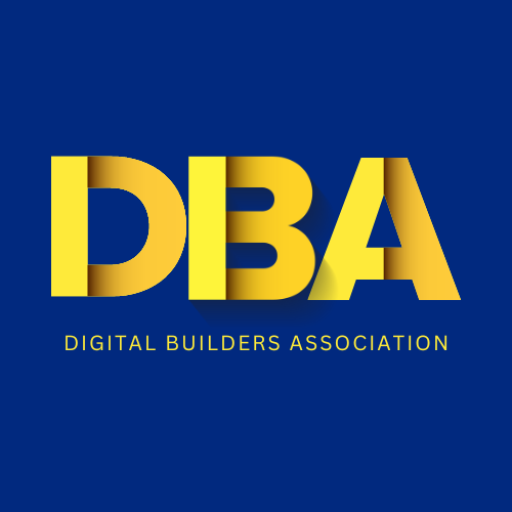

The process of 3D printing also referred to as additive manufacturing, involves building up layers of a material, such as plastic, metal, or concrete, to create physical objects. A wide range of products and structures, from minor parts and pieces to entire buildings, are being produced in the construction industry using 3D printing.
The ability to produce specialized and complex structures that would be challenging or impossible to produce using conventional manufacturing techniques is one of the main advantages of 3D printing in the construction industry. For instance, complex and intricate building components, such as facades, walls, and structural elements, can be produced using 3D printing and tailored to specific specifications.
The increased effectiveness and cost savings that 3D printing in construction provides are additional advantages. Layer-by-layer construction is a technique used in 3D printing, which makes it possible to build complex structures without the use of expensive molds or other specialized tools. As builders and developers can use only the materials they require rather than having to produce extra material to account for mistakes or waste, 3D printing can also help reduce waste.
Because it enables the use of environmentally friendly materials and procedures, 3D printing can also help to lessen the negative environmental effects of construction. For instance, 3D printers can be used to build structures out of recycled materials or ones that are intended to be as energy-efficient and waste-free as possible.
The size of the majority of 3D printers, which can make it challenging to create larger structures like buildings, is one of the main problems with using 3D printing in construction. However, improvements in 3D printing technology are making it possible to build bigger and more intricate structures, and it is likely that 3D printing will play a bigger part in the future of the construction industry.
In conclusion, 3D printing is a technology that is revolutionizing the building sector by enabling the construction of complex and customized structures, as well as enhancing productivity and lowering costs while minimizing environmental impact. It is likely that 3D printing technology will play a bigger role in the construction of buildings and other structures as it develops.

Author, Serial Entrepreneur, Ph.D. Candidate in 3D Printing Construction, Ted Talk Speaker, Consultant & Mastermind Group Creator. And a Trumpeter.
Reynaldo Santana is a former tech executive with 10+ years experience working from corporate, to small-medium businesses, to non-profits and start-ups. He has created, led and managed teams worldwide. Santana is now a serial entrepreneur himself, investor, speaker, philanthropist, author and on a mission to impact 1 Billion lives by using what he has learned along his journey. In addition, Reynaldo serves as President to a non-profit he founded named ESG Housing Inc, where his mission is to build world-wide affordable, sustainable, self-sufficient communities protected from future pandemics, including a tenant/landlord protection fund to protect them from financial risks.


1717 N Street NW, Suite 1, Washington, DC 20036
Copyright © 2023 Digital Builders Association | Powered by WealthSpring® Media | All Rights Reserved.
DBA is a 501(c)3 nonprofit corporation.